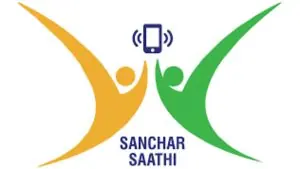World’s 5 smallest phones are so tiny, you can fit them into a matchbox
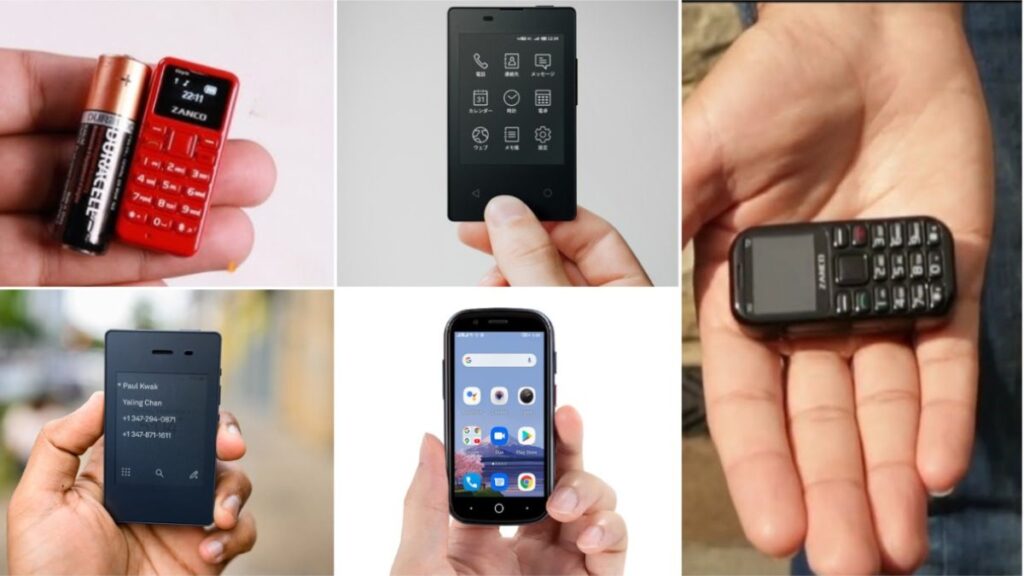
In an era where most smartphones are getting bigger with each launch, a handful of mini mobiles continue to stand out for their compact size and quirky charm. These phones, some small enough to slip into a matchbox, are loved by people who prefer portability and simplicity over large screens and endless apps. Despite their tiny size, many of them are surprisingly functional, offering calling, texting, cameras, and even internet access.
Here’s a look at five of the world’s smallest mobile phones that prove size isn’t everything:
Zanco Tiny T1
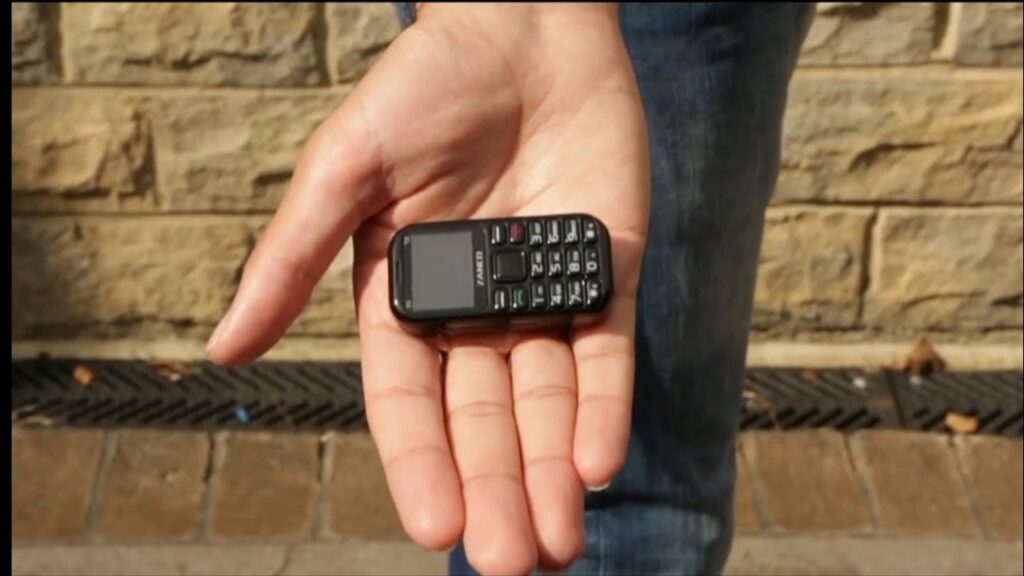
Famous as the world’s smallest phone, the Zanco Tiny T1 is only 46.7 mm long and weighs just 13 grams. It has a 0.49-inch OLED screen, 2G support, storage for 300 contacts, and a 200 mAh battery that lasts up to three days on standby. It’s so small, it can literally fit inside a matchbox.
Zanco Tiny T2
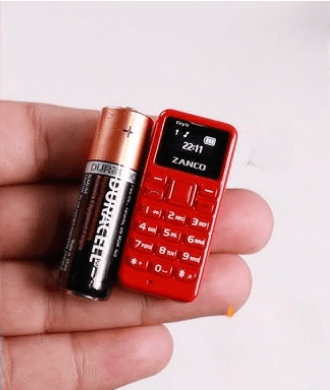
The upgraded version of the T1, the Tiny T2 adds 3G support, a camera, 128MB RAM, and 64MB internal storage. At 31 grams, it’s still incredibly light, with battery life stretching up to seven days. It even supports music, videos, and simple games.
Unihertz Jelly 2
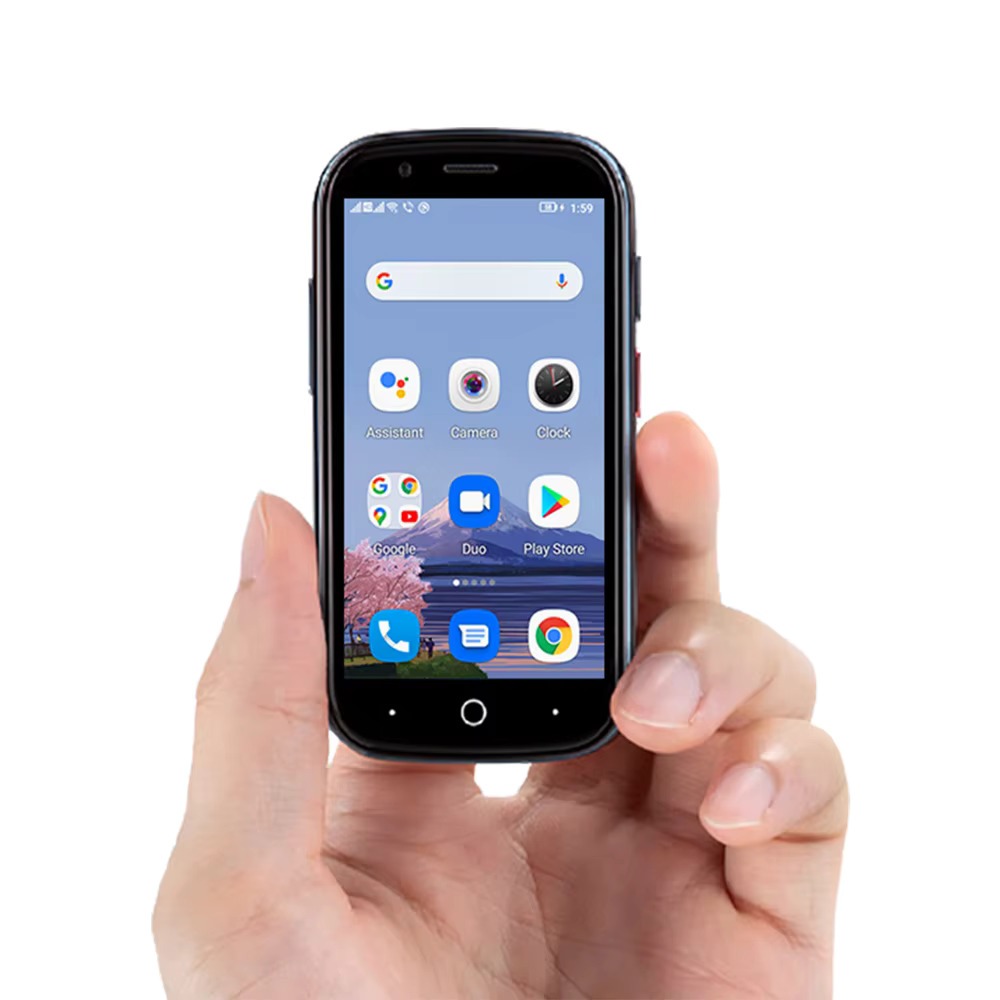
Touted as the smallest 4G smartphone, the Unihertz Jelly 2 runs on Android 11 and comes with 6GB RAM, 128GB storage, GPS, Wi-Fi, a camera, and face unlock. With its 3-inch screen and 110-gram weight, it feels tiny in hand but works like a proper smartphone.
Light Phone 2
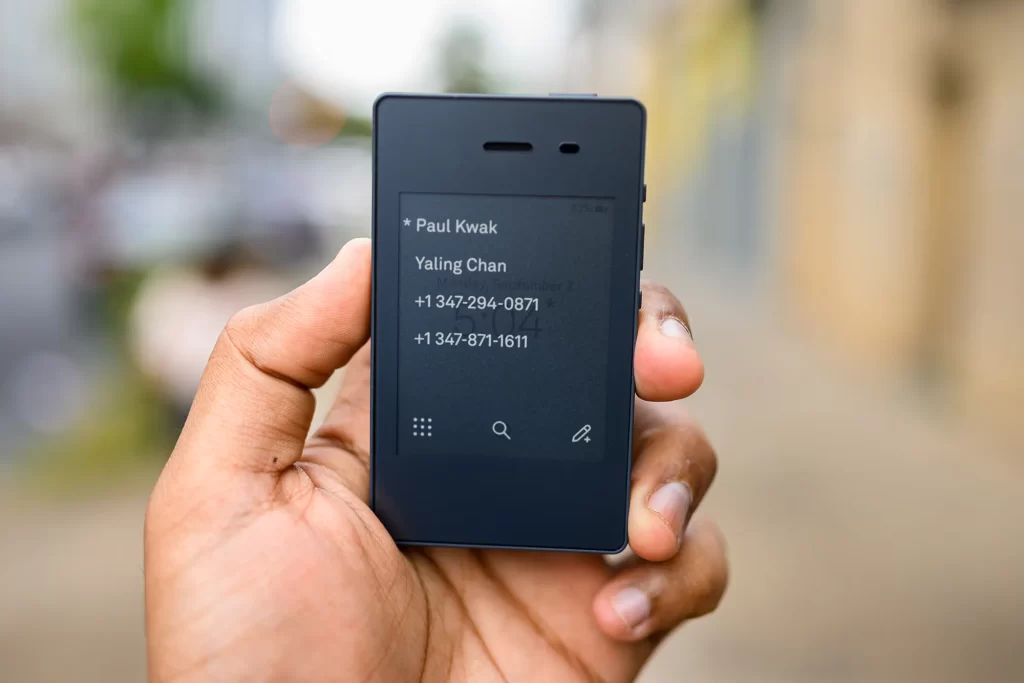
Made for minimalists, the Light Phone 2 does away with distractions. With its e-ink display and 4G support, it only allows calls and texts. There are no social media apps, no games, just a clean, premium design focused on essentials.
Kyocera KY-01L
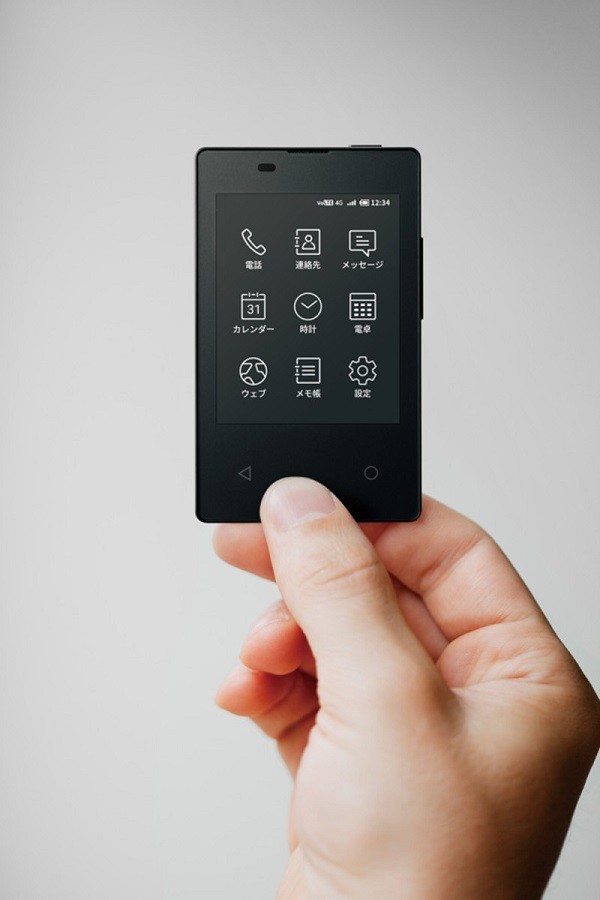
Known as the world’s thinnest phone, the Kyocera KY-01L is just 5.3 mm thick and weighs 47 grams. Its 2.8-inch monochrome screen handles calls, texts, and basic browsing. Shaped like a credit card, it’s especially popular in Japan for its sleek and stylish design.
These mini mobiles may not replace modern smartphones, but they offer something different: simplicity, portability, and a reminder of a time when smaller meant better.






